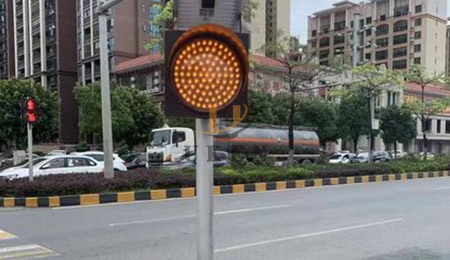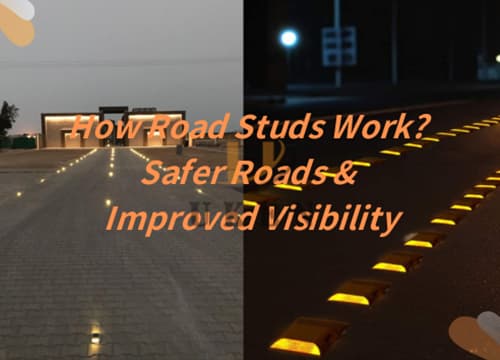Traffic signal light rules are a set of guidelines that regulate the behaviour of vehicles, pedestrians, and other road users based on the indications of traffic signals.
They are the core of ensuring the orderly operation of the traffic system, effectively reducing traffic conflicts and accidents, and are the basic norms that all road users must strictly adhere to.
When the red light is on, all vehicles (including motor vehicles and non-motor vehicles) must stop behind the stop line and wait, and it is strictly prohibited to cross the stop line.
For pedestrians, it is prohibited to enter the pedestrian crossing during the red light period, and they must wait patiently in a safe area.
However, if a vehicle has already crossed the stop line before the red light comes on, it may continue to pass safely to avoid rear-end collisions caused by sudden braking.
The yellow light is a transitional signal indicating that the traffic light is about to change.
Vehicles that have already crossed the stop line may continue through; vehicles that have not crossed the stop line must slow down and stop, and must not accelerate to rush through.
Pedestrians on the yellow light must hurry through if they have already entered the pedestrian crossing; those who have not entered must stop and wait.
When the green light is on, vehicles and pedestrians are permitted to proceed in the direction of traffic flow.
Vehicles must ensure safety while proceeding, yielding to other vehicles and pedestrians already in the intersection, and must not rush ahead.
Pedestrians crossing the pedestrian crossing during the green light period must use the zebra crossing, move quickly and orderly, and must not linger or turn back at the intersection.

Motor vehicles must follow the signal lights corresponding to their lanes, such as left-turn lanes following left-turn signal lights and straight-through lanes following straight-through signal lights.
Vehicles turning left or right must complete their turns during the green light or dedicated arrow green light, without obstructing vehicles or pedestrians already permitted to proceed.
Emergency vehicles such as ambulances and fire trucks may disregard traffic lights under safe conditions, but other vehicles must yield to them.
Non-motorized vehicles must follow the same red, yellow, and green traffic light signals as motorised vehicles and must not run red lights or rush through yellow lights.
When driving, non-motorised vehicles must follow the traffic lights within the non-motorised vehicle lane. If there is no dedicated lane, they must drive on the right side of the road and give way to pedestrians.
When turning, they must signal in advance and proceed only after ensuring safety under a green light or a signal permitting the turn.
Pedestrians must strictly follow the pedestrian crossing signal lights, entering when the green light is on and prohibited from entering when the red light is on.
When walking on the pedestrian crossing, do not chase or play around, do not use mobile phones to distract yourself, and cross the intersection quickly.
If there is no dedicated pedestrian crossing signal light, follow the motor vehicle signal lights at the intersection and cross during vehicle gaps while ensuring safety.

Arrow signals have absolute priority. Drivers must strictly follow the direction indicated by the arrow (left, right, or straight) and are not affected by circular signals.
When the arrow is red, passage in that direction is prohibited; when the arrow is green, passage in that direction is permitted.
When the red light is flashing, it indicates ‘stop and yield’; vehicles must stop and observe, then proceed after confirming safety.
When the yellow light is flashing, it indicates ‘warning’; vehicles must slow down and proceed cautiously, paying attention to surrounding traffic conditions.
When entering a roundabout, obey the traffic lights at the entrance, and when exiting, yield to vehicles within the roundabout.
At overpasses and elevated intersections, follow the combined guidance of signs and traffic lights to select lanes in advance and proceed according to the signals.
Violating traffic signal rules directly leads to traffic accidents, such as running a red light, which may cause head-on collisions or rear-end collisions, endangering the lives of oneself and others.
Additionally, it disrupts traffic order, disrupts the smooth flow of traffic, causes congestion, and reduces road efficiency.
Violating traffic signal rules constitutes a traffic violation, and countries and regions have explicit legal provisions to address such violations.
Common penalties include fines, demerit points (for motor vehicle drivers), and warnings. In severe cases, individuals may face more serious legal consequences.
Traffic signal rules serve as the ‘invisible traffic controllers’ that govern every journey.
All traffic participants must remember and adhere to these rules, starting with themselves, to collectively maintain a safe, efficient, and civilized traffic environment.





